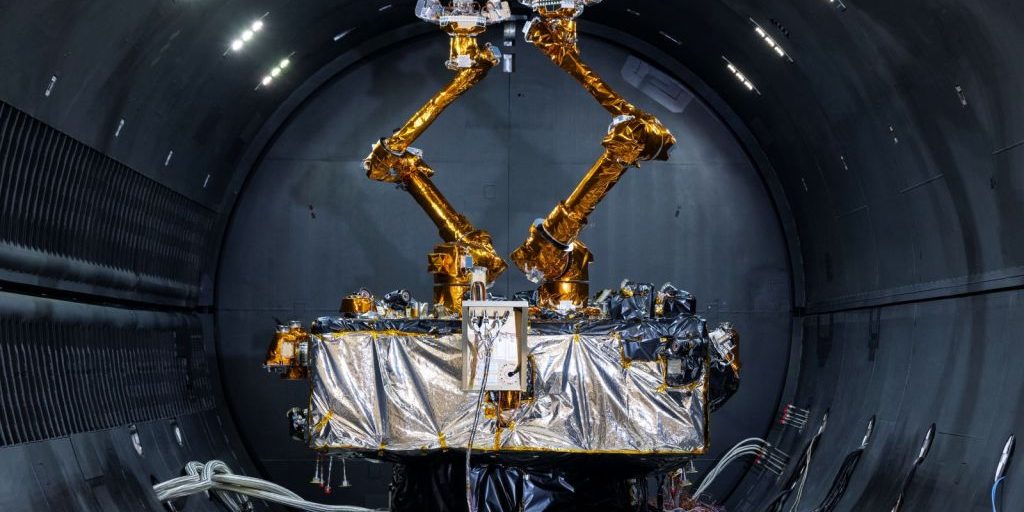WASHINGTON – U.S. Naval Research Laboratory (NRL) Naval Center for Space Technology (NCST), in partnership with Defense Advanced Research Projects Agency (DARPA), successfully completed development of a spaceflight-qualified robotics suite capable of servicing satellites in orbit on October 8, 2024.
Under DARPA funding, NRL developed the Robotic Servicing of Geosynchronous Satellites (RSGS) Integrated Robotic Payload (IRP). This transformative new space capability was delivered to DARPA’s commercial partner, Northrop Grumman’s SpaceLogistics, for integration with its spacecraft bus, the Mission Robotics Vehicle (MRV).


